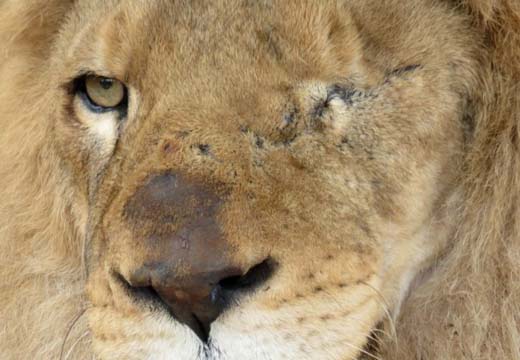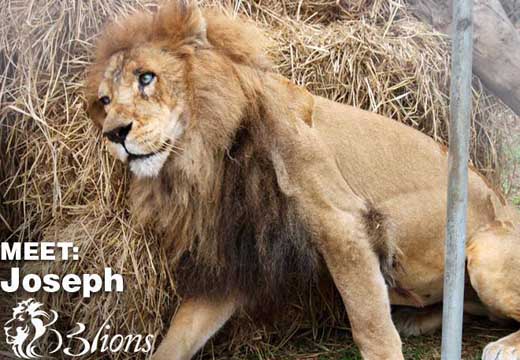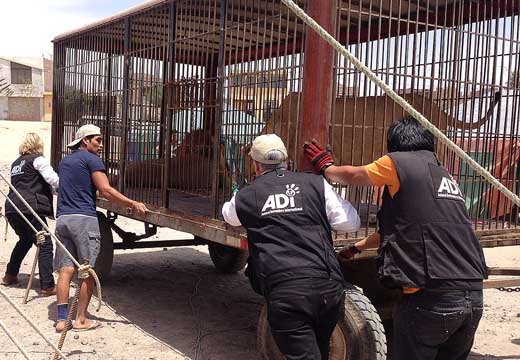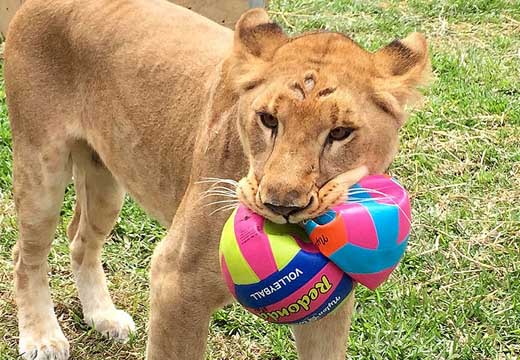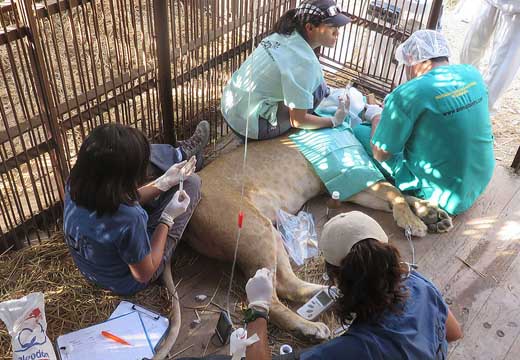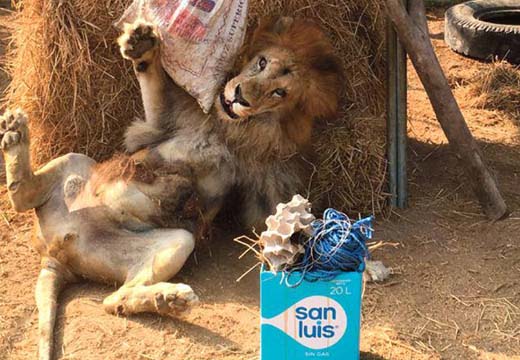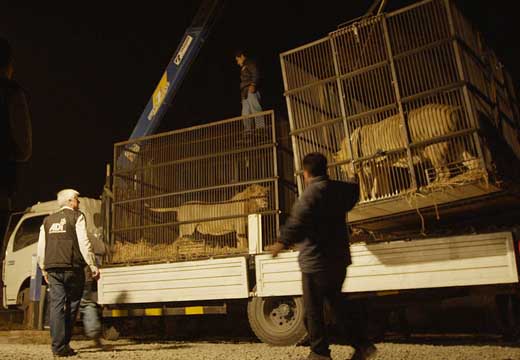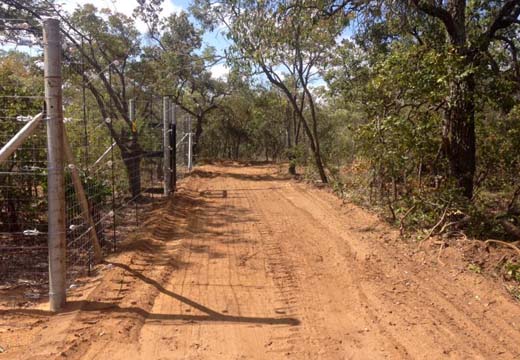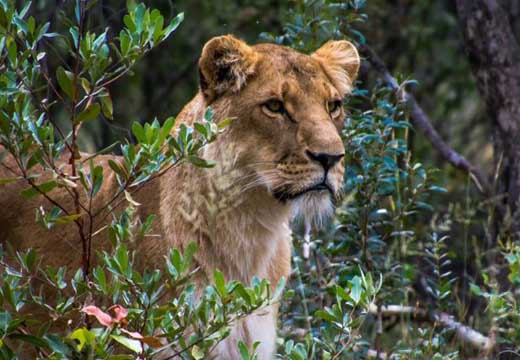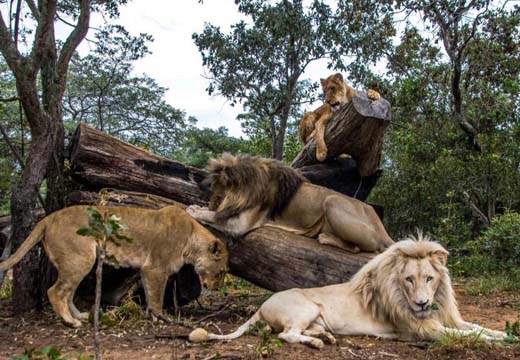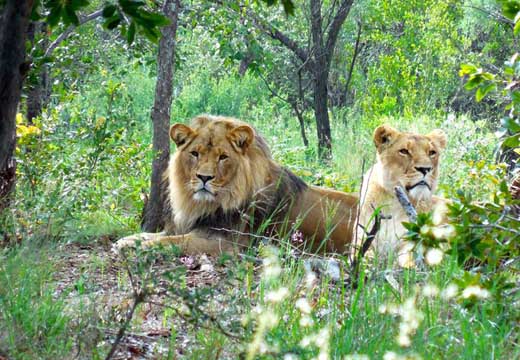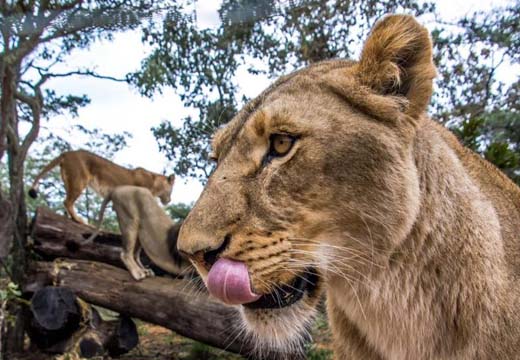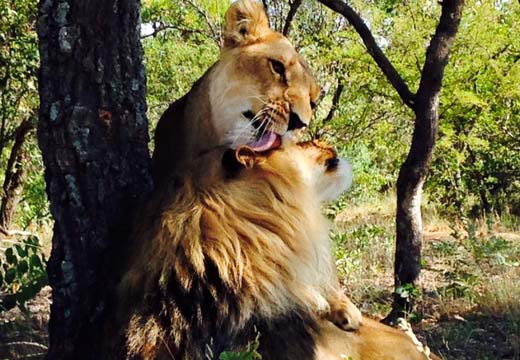Circus Lions Fly to Sanctuary. Orcas Soon?
It’s ironic that on the very day SeaWorld was pushing back, yet again, against the growing call to retire their killer whales to sanctuaries, 33 lions were on their way from circuses in Peru to a new life in South Africa.
If they can do it in Peru, surely we can certainly do something like that here.
The 33 lions, many of them with health problems, like the orcas at SeaWorld, were rescued over several months from circuses in Peru and Colombia, and are being flown on Friday to the Emoya Big Cat Sanctuary in Limpopo, South Africa. It’s a privately-owned refuge with more than 12,000 acres, where the lions will have the kind of lives that make up for everything that went before.
Like the orcas at SeaWorld, many of the lions have tooth problems, and most of them were declawed by their circus owners. So they can’t be released into the wild, but they’ll have big, natural enclosures, where they can live as families and enjoy a peaceful retirement that’s as close to natural as possible.
Scenes from the rescue
The rescues took place over several months and were led by Animal Defenders International (ADI), with help from local police, since keeping wild animals in circuses is now illegal in Peru and Colombia. (Imagine the police descending on the various marine circuses here in the U.S. and assisting as animal protection groups take possession of the orcas and transport them to their newly-created sanctuaries!)
“These lions have endured hell on earth and now they are heading home to paradise.”
(Check out an extended video on ABC News Nightline, last year, of some of the lion rescues.)
“These lions have endured hell on earth and now they are heading home to paradise,” ADI President Jan Creamer told reporters. “This is the world for which nature intended these animals.”
The lions will be traveling on an MD-11 cargo plane that will pick up nine lions in Bogota and then head to Lima for the other 24. The cost of the flight works out at about $10,000 per lion, and if that sounds like a lot, it’s less than a first-class one-way ticket for humans on several airlines I just checked. (You can donate toward one of the tickets here, and the ever-generous Bob Barker is picking up the tab for several of them, too.)
Scenes from the Emoya Big Cat Sanctuary
This will be the largest lion airlift ever, beating ADI’s previous record: 25 lions from circuses in Bolivia and bringing them to a sanctuary in Colorado.
Five South American countries have now banned the use of wild animals in circuses: Peru, Ecuador, Bolivia, Paraguay and Colombia. But there are still renegade traveling circuses that stay on the move, visiting small towns and hiding out from the authorities. Hence the need for these rescue operations.
Meanwhile, here at home, on Wednesday, a team of experts held a press conference in San Diego to talk about the effects of captivity on orcas. The event was organized by PETA, and the speakers were wildlife veterinarian Dr. Heather Rally; Dr. Hope Ferdowsian, an expert in Post-Traumatic Stress conditions; neuroscientist Dr. Lori Marino, an expert on the brains of whales and dolphins; and Jean-Michel Cousteau, President of the Ocean Futures Society. You can watch their remarks here.
During the conference, Dr. Marino talked about putting together a seaside sanctuary for whales and dolphins:
Sanctuaries for the retirement of captive animals are a longstanding, successful and globally-accepted alternative to artificial enclosures for other large, wide-roaming animals such as elephants, primates, and big cats. There is no scientifically valid reason not to extend the sanctuary model to whales and dolphins.
Over the past few months, Dr. Marino has brought together a group of marine mammal scientists, caregivers, veterinarians, engineers and others to discuss what it will take to create a coastal sanctuary for orcas. There are plans now to announce the formation of an organization whose mission will be to build the first such sanctuary.
Clearly, her comments rattled the executives down the road at SeaWorld. After the press conference, CEO Joel Manby told the San Diego Tribune that the whole idea of retiring the orcas to sanctuaries is a non-starter that would “do more harm than good.”
Bearing in mind that, over the years, SeaWorld has routinely flown their captive orcas back and forth between their marine circuses in San Diego, San Antonio and Orlando, is Manby really saying that the animals are now in such bad shape that they wouldn’t even be able to make the trip to a sanctuary?
Manby has also called seaside sanctuaries “a nice fantasy.” Maybe. Then again, as Tom Phillips, ADI’s vice-president, said as he inspected the cages that will be used for the 33 lions on Friday: “It will be hugely satisfying to see these lions walking into the African bush … It’s like a fairytale.”



